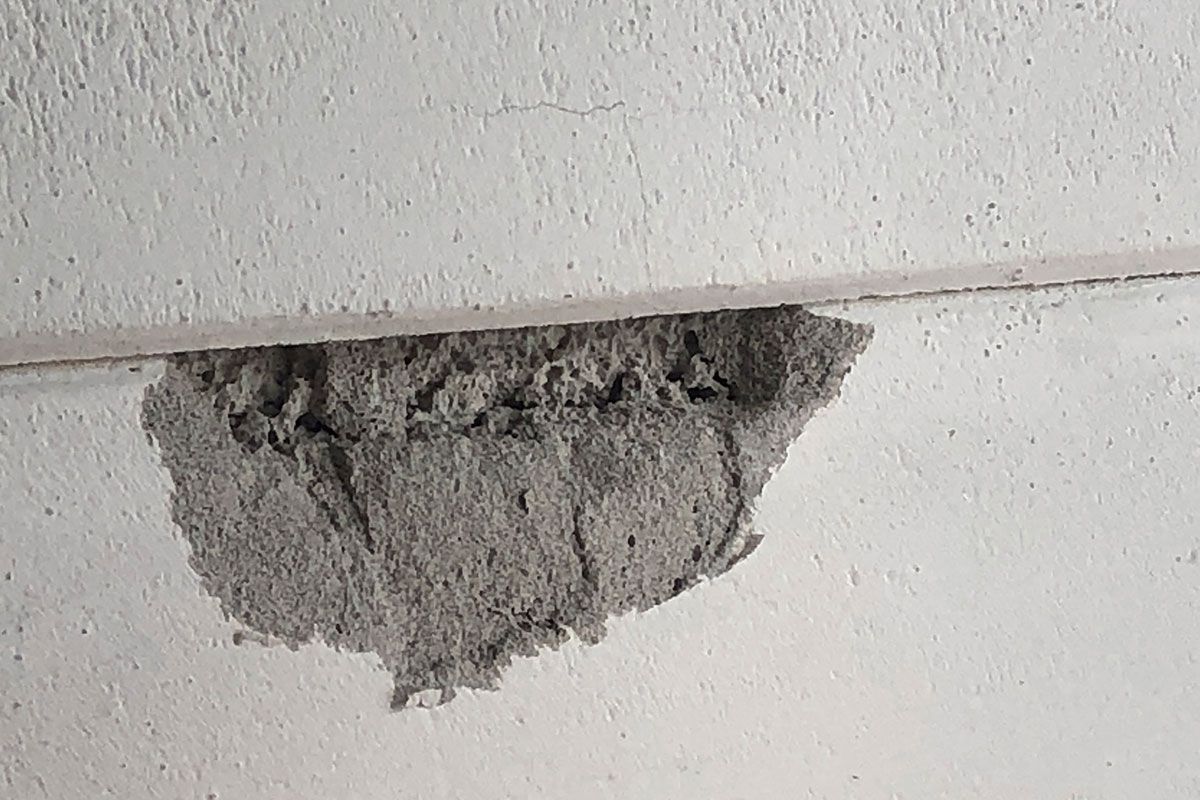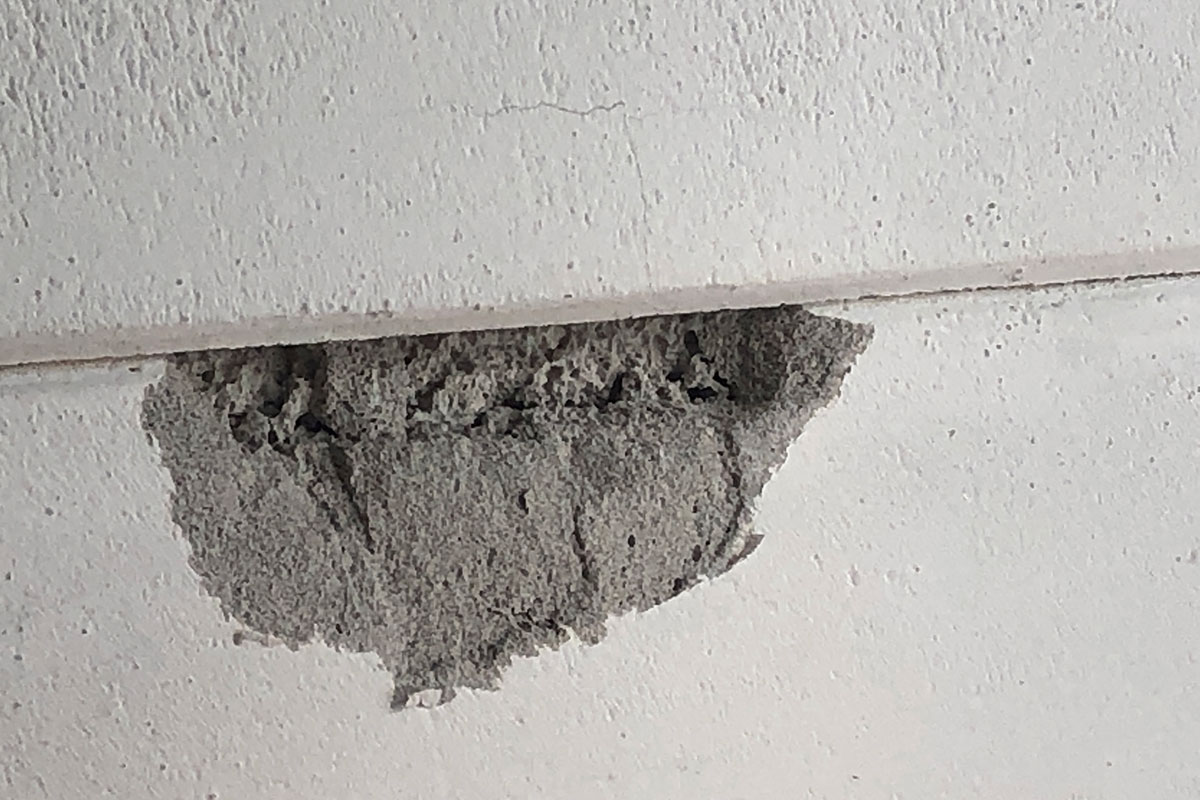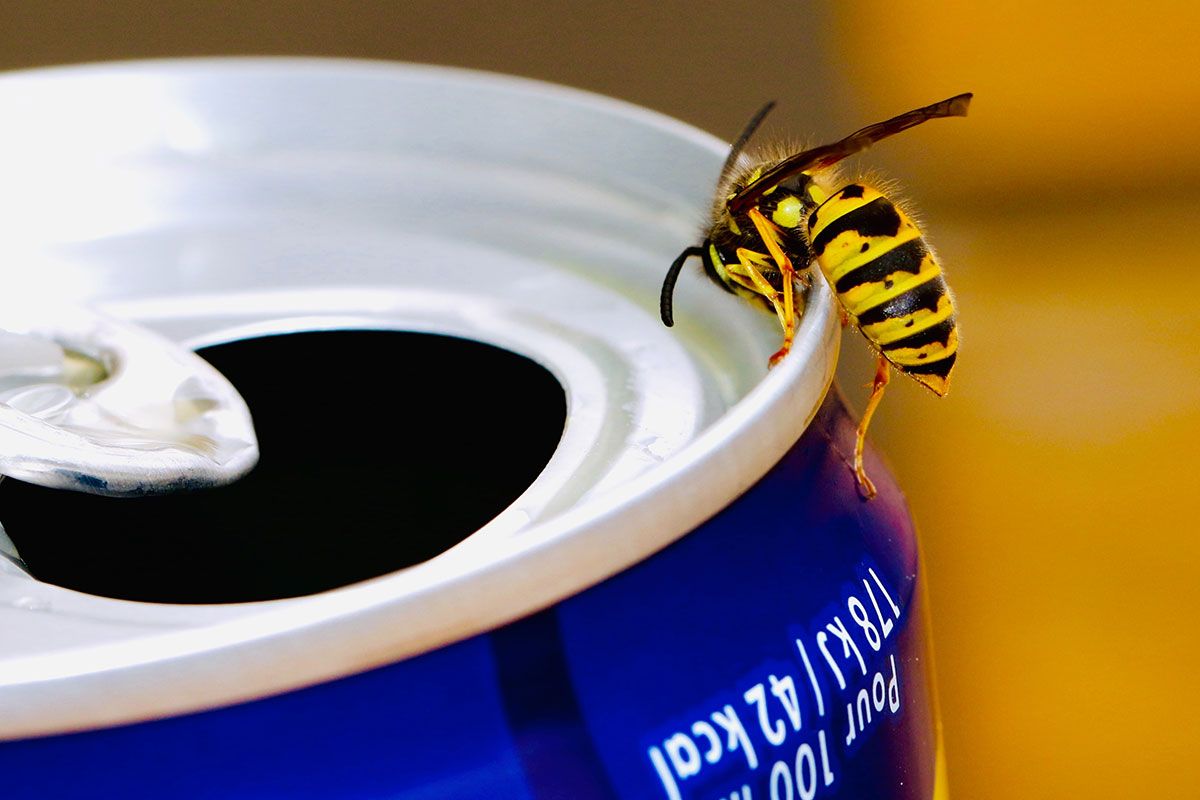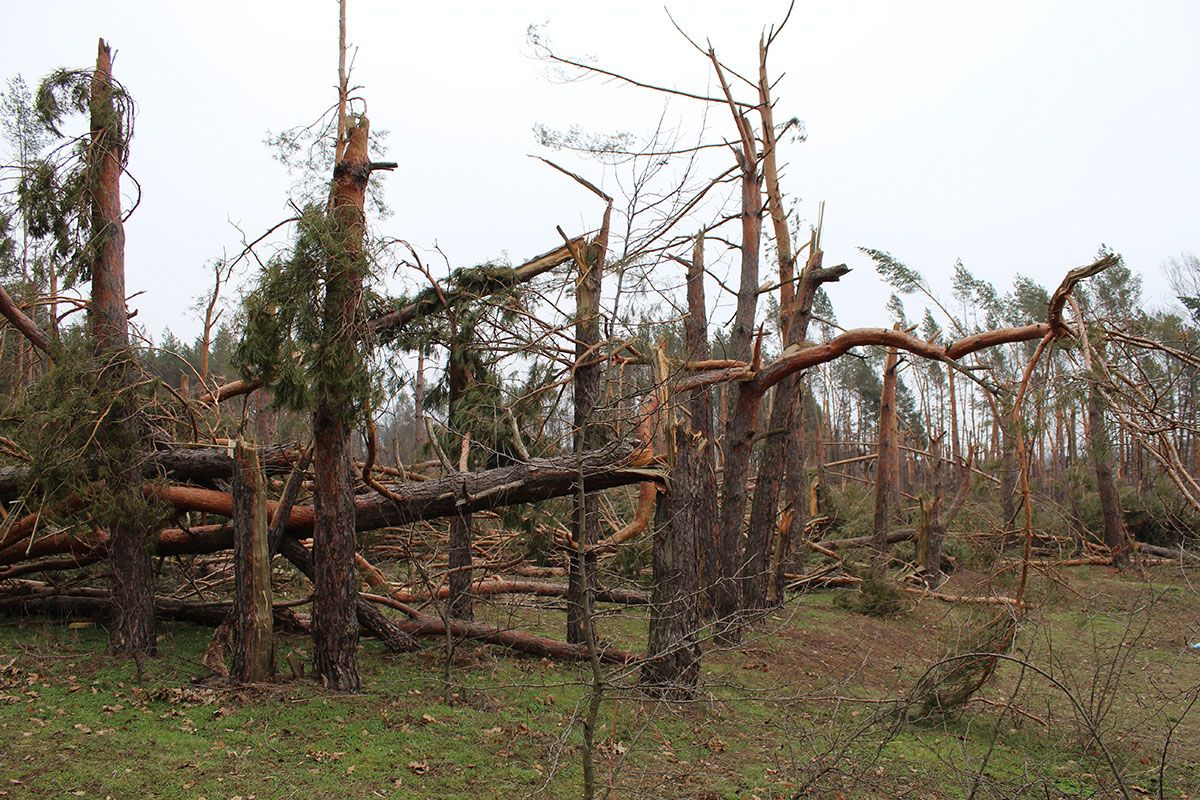Autumn-Proofing Your Home: A Checklist for UK Homeowners
Autumn-Proofing Your Home: A Checklist for UK Homeowners
As the late summer sun gives way to brisk winds and falling leaves, it’s time to transition our homes from the carefree days of summer to the cozy embrace of autumn. In the UK, where the weather can be as unpredictable as it is beautiful, preparing your home for the autumn season is a wise and comforting ritual. From ensuring your heating system is ready to keep you warm to protecting your outdoor spaces from the elements, this article will guide you through the essential steps to make your home a haven during the changing seasons. So, grab your favourite cup of tea and join us as we explore how to embrace the autumnal magic while keeping your home snug and inviting.

Preparing your home for autumn weather in the UK is essential to ensure a comfortable and efficient living space during the cooler and wetter months. Here are some key steps to consider:
-
Check Your Heating System: As temperatures drop, it’s crucial to have your heating system inspected and serviced by a professional registered with Gas Safe so that it’s ready to roll. Clean or replace filters, bleed radiators, and make any necessary repairs to ensure your heating is efficient and safe. Insulate your water heater and pipes to conserve energy and reduce heat loss.
-
Insulate and Block Drafts: Drafts can significantly impact your home’s warmth and energy efficiency. Inspect windows and doors for drafts and seal gaps with weatherstripping or caulk. Consider adding thicker curtains or thermal blinds to keep warmth in and cold out. Think about your loft and other void areas such as tiled areas above ground floor windows, both of which are very often un-insulated. Proper insulation helps maintain a comfortable temperature and saves on heating costs.
-
Clean Gutters and Downpipes: Falling leaves and increased rainfall can quickly clog your gutters. Clean them to prevent water damage to your roof and foundation. Ensure downpipes direct water away from your home’s foundation to avoid long-term damage.
-
Roof Inspection: Check your roof for damaged or missing tiles or slates. Address any issues promptly to prevent leaks during autumn rains.
-
Chimney Maintenance: If you have a chimney, schedule a professional chimney sweep to remove creosote build-up and ensure safe and efficient use of your fireplace or wood burner.
-
Garden and Outdoor Furniture: Prune back overgrown plants and trees to prevent damage from strong autumn winds. Store or cover outdoor furniture to protect it from the elements. Replace any wobbly fence panels now, to avoid them failing when the inevitable winds arrive.
-
Check Detectors: Test smoke detectors and carbon monoxide detectors to ensure they are working correctly. Replace batteries where needed.
-
Prepare for Power Cuts: Autumn and winter storms can sometimes lead to power outages. Consider investing in a generator or having a backup power source ready, along with essential supplies like torches and non-perishable food. Simple camping stoves are also a good back-up if your cooker is electric-only.
-
Stock Up on Winter Essentials: Make sure you have an ample supply of rock salt or grit for icy paths and driveways, as well as a good-quality shovel and winter coats, hats, and gloves for the family.
- Autumn Cleaning: Consider a deep cleaning of your home before winter arrives. Clean and store summer items and bring out winter gear.
By taking these steps to prepare your home for autumn, you can ensure a warm, safe, and comfortable living space throughout the season’s unpredictable weather in the UK.
Contact Us
As you embark on the journey of preparing your home for the autumn in the UK, remember that a little effort now can go a long way in ensuring a comfortable and enjoyable season ahead. Whether it’s cosying up by the fire, sipping hot cocoa, or enjoying the vibrant autumnal colors, there’s something special about this time of year. So, make the most of it by taking these steps to make your home autumn-ready.
If you have any questions or need further guidance on preparing your home for the changing seasons, don’t hesitate to reach out. We’re here to help you navigate the transition and keep your home warm and welcoming. Simply fill out the contact form below, or call 0800 148 8088, and our experts will be happy to assist you in any way we can. Embrace the beauty of autumn in the UK, and let your home be your sanctuary during this enchanting season.


















